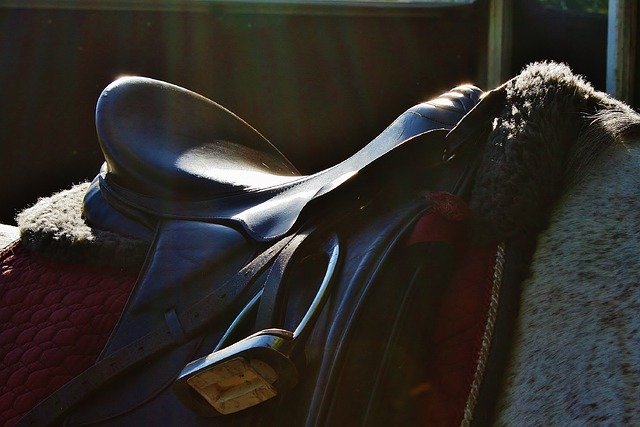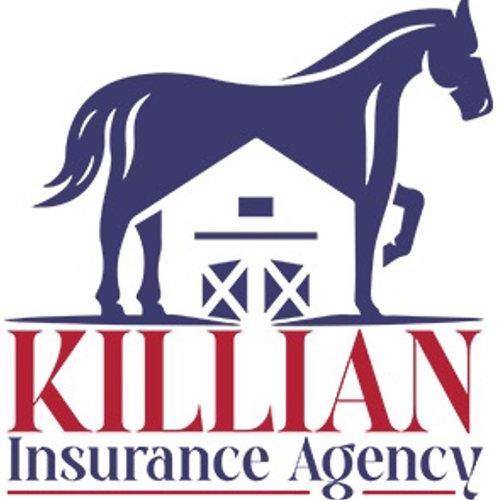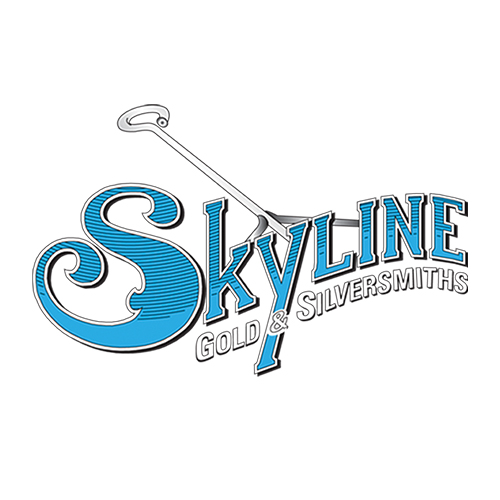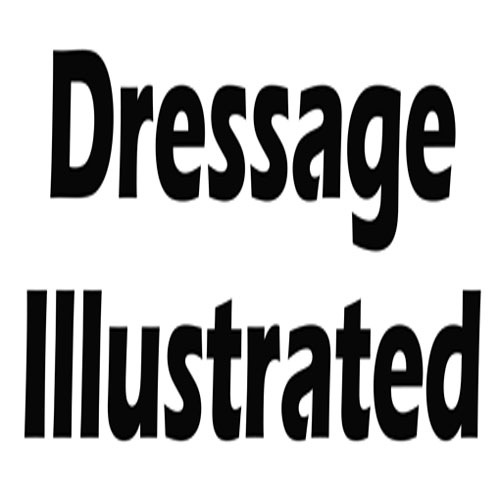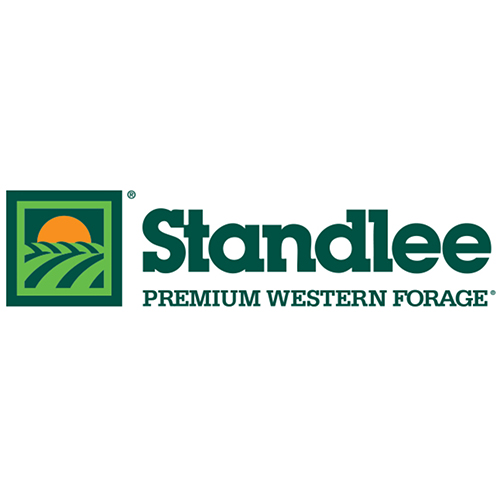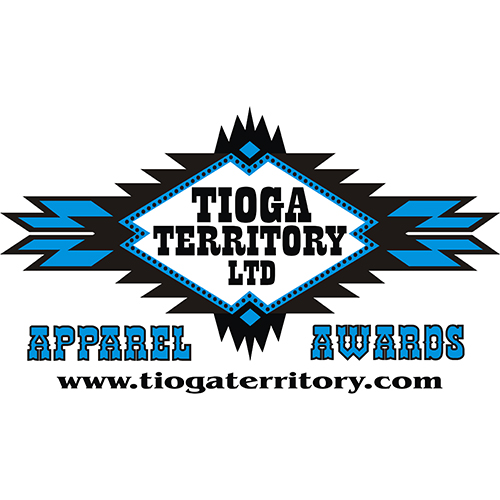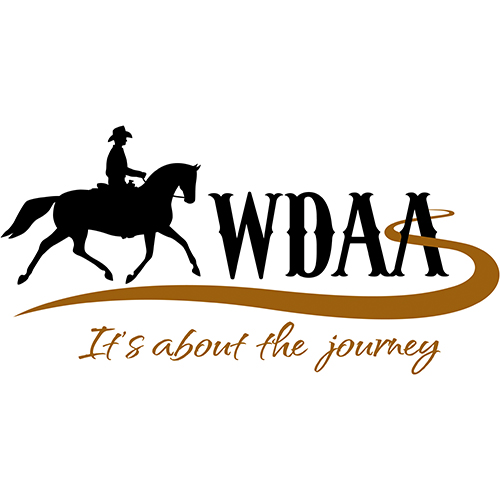Well-conformed withers might not necessarily be a performance factor, but their shape and position may affect whether or not a horse gives a comfortable ride. Ideally, they should be well defined, but without being exaggeratedly high.
Another desirable attribute is, withers that are well laid back, which means they extend behind the elbow. This allows the angle of the shoulder to be sufficiently sloping to give a smooth, comfortable stride rather than an ‘up and down’ one.
Different breeds and types have varying characteristics. Animals bred over centuries for riding should ideally have clearly discernible withers, while draught horses, where a straighter shoulder is a bonus for pulling power, will usually have lower withers.
Cobs and the larger breeds of a native pony also tend to have low withers. This is often coupled with broad, flatbacks. Thoroughbreds, on the other hand, often have long, pronounced withers.
Because a horse’s measurement is taken from the highest point of the withers, their shape can create a false impression. A 155cm cob with a flat profile will look much taller than a 155cm Thoroughbred with pronounced withers.
Assessing the shape and width of a horse’s withers isn’t always easy, as excess fat or muscle wastage can give a false picture.
The wither profile of a horse that is obese, or that undergoes rehabilitation to build up atrophied muscles, may change dramatically.
The growth of white hairs on the withers, when not part of the horse’s natural coloring, is a sign that they have been subjected to long-term pressure. The usual cause is not a saddle, but rugs that are the wrong size.
Common Faults
Most faults would make no difference to a horse at all if he was not being ridden or driven. But as many of us know only too well, making sure that a saddle fits well on a horse with less than ideal conformation may demand all of a saddle fitter’s skill.
Similarly, if you use a breast collar on a driving animal, it must be exactly the right size and stuffed to give clearance over the withers.
The most common problem is the horse or pony with virtually no withers and a round barrel.
This type of animal may also be croup-high, which makes him more likely to go on his forehand –although good schooling and riding can compensate.
Well-conformed withers make it easier to keep a saddle in the correct place and side-saddle experts often say that slightly higher withers are an advantage. The colloquial phrase is: “You need a good set of withers to hang a side-saddle off.”
High withers need not be a problem in themselves, but if it is mistakenly assumed that the horse needs a narrower tree than he actually requires to give adequate clearance, the result is pressure on the trapezius muscle at the front of the withers. This leads to atrophy and, as the saddle fit is adjusted to take account of the so-called narrowing, you get a vicious circle.
It’s often assumed that Thoroughbreds need saddles with medium or even narrow trees. In fact, because they tend to have long withers, they may require a wider one.
Occasionally, as a horse grows, he will develop withers that rise sharply to their highest point then dip at a similarly exaggerated angle. Wither confirmation may also be affected by an injury.
In both cases, you may need to use a saddle with sufficient adjustability, or have one made.
Five points to look out for:
1. The withers should be well defined but preferably not exaggeratedly high – or non-existent.
2. In a riding horse, they should be set back to allow a good slope to the shoulder.
3. Different breeds and types have different characteristics.
4. When assessing a horse’s conformation, be aware that you will get a false picture if they are over or underweight, or if he has muscle atrophy.
5. Horses with high withers may need a wider saddle than you might think.


